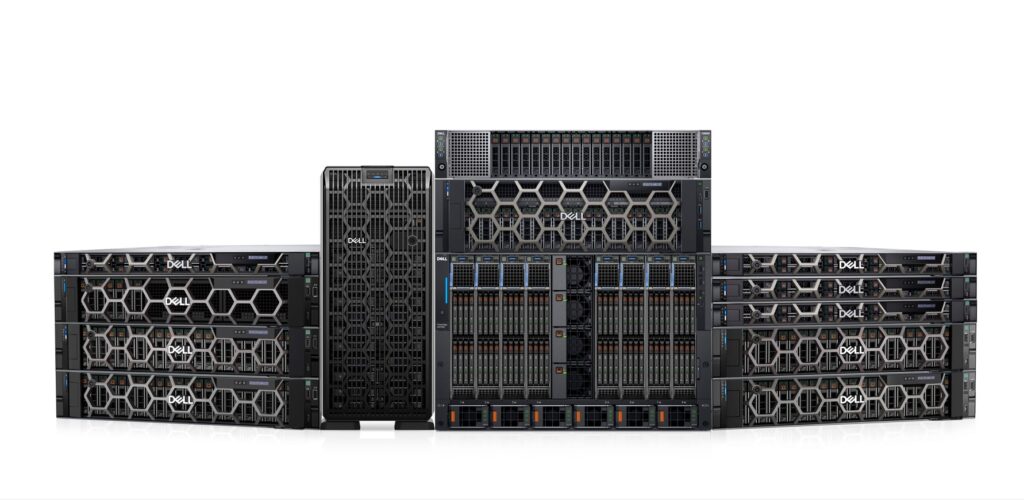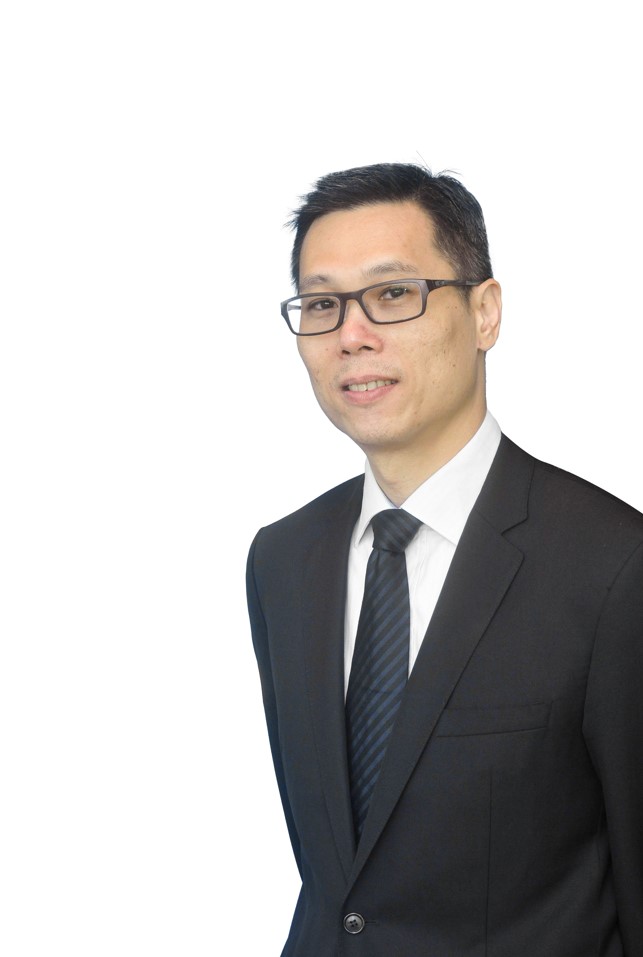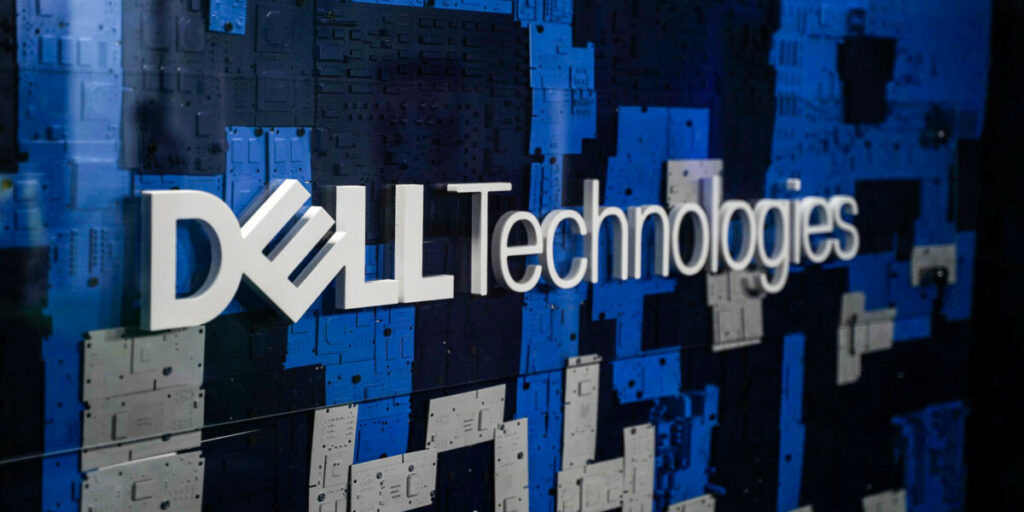
Enterprise Computing – pushing the limits of innovation with an eye on sustainability
A seasoned veteran with a career spanning close to three decades in virtualisation, big data and cloud technologies and with over 13 years at Dell alone fronting a variety of roles ranging from networking to their enterprise solutions group and, more recently, as the General Manager of their Telecommunications Systems Business arm in Malaysia and South Asia, Mr. Mak Chin Wah has seen it all.
In a recent Dell Technologies event that showcased their new Dell PowerEdge servers, he shares his thoughts on pushing the limits of innovation with an eye on sustainability in regards to enterprise computing.

Mak Chin Wah, Country Manager, Malaysia and General Manager, Telecoms Systems Business, South Asia, Dell Technologies
Enterprise Computing – pushing the limits of innovation with an eye on sustainability
Enterprise computing is essential to the success of many businesses, especially when competing in today’s environment. Pushing the limits of innovation with agility and performance, all with an eye on sustainability, is key.
As Malaysia embarks on its digital economy aspirations, there will be a rise of digital service demands and an increase of data requirements to offer better services to customers, which in turn place a load of pressure for data centres to efficiently store and manage them. Today’s fast-paced business means there is the unrelenting need for server performance to cater to the expected exponential data growth and to power business outcomes.
Yet, incremental data centre real estate is increasingly hard to find. On the rare occasion where organisations manage to do so – such as JLand Group’s MOU with Johor Corp to develop a hyperscale data centre and a renewable energy facility in Sedenak Tech Park – IT professionals face a myriad of unprecedented IT challenges like this.
Organisations are expected to implement the latest technology to keep their businesses competitive, safeguard their data from hackers, and critically, discover ways to use less energy. This all needs to be done while looking for faster ways to automate routine updates and attract qualified help from a shrinking pool of talent. These challenges require a holistic set of solutions that include the latest in hardware technology.
Next-generation servers need to showcase world-record performance along with features that dynamically scale to accommodate even the most demanding applications – driving a faster return on investment by optimising clock speed and frequency to complete more workloads faster. They also need to think about next-generation servers that has unwavering anchor tenants of cyber resiliency, automation, sustainability, secure supply chain and global services.
Accelerating Performance
For organisations wanting to consolidate the server base, save valuable investment dollars, deliver the desired performance with fewer systems, and help to preserve the environment by consuming less power per unit, it boils down to these several considerations:
- Performance – balance overall performance that the company needs in their day-to-day routine vs thermal design power (TDP) that determines how much heat is produced at the data centre
- Footprint – process and save more data in a smaller footprint while saving space for future growth in the data centre
- Efficiency – greater CPU performance/watt helps with sustainable goals by using less power and lowering the energy bill
- Consolidation – more cores in a single system to support consolidation into fewer servers mean saving power and cooling costs while achieving maximum performance
- Storage limits – more drives mean increased limits enabling more workloads like dense virtualisation, VDI and HCI to run on fewer servers
An example would be Dell PowerEdge servers line-up powered by 4th Generation AMD EPYC processor that offers solutions to different challenges that different businesses face, with improved storage capabilities, enhanced performance, efficient processing speed, thermal design power and electrical efficiencies that all add up to more performance while generating less heat at the data centre.
Accelerating Workloads
With the slew of single- and dual-socket server options available on the market, it may be confusing for businesses to find a proper system that caters to their unique needs. First, it has to be a powerful system, capable of delivering the highest application performance – ideal for data analytics to drive faster and more strategically guided decisions to improve business performance.
Second, it has to have plentiful expandability for storage or other peripherals like networking and greater memory per core. This enables support for more virtualisation instances which drive economies of scale and greater efficiency.
Being compact and modular is another plus point. Having identical processing power but requiring only half the space in a rack means it’s also lighter and easier to change out of physical nodes found in large clusters – ideal for high-performance computing to solve the most complex science or engineering problems faster.
And finally, the server must be well suited to support network functions virtualisation (NFV). This is done by virtualising and thereby eliminating the need for multiple network hardware appliances.
Ultimately, organisations should go for systems that provide the power, scale and configurability to support key workloads faster, cooler and more efficiently than ever before. New hardware features and capabilities must deliver a complete solution that is well-positioned to successfully move the business forward.

[Article contributed by Mak Chin Wah, Country Manager, Malaysia and General Manager, Telecoms Systems Business, South Asia, Dell Technologies]
